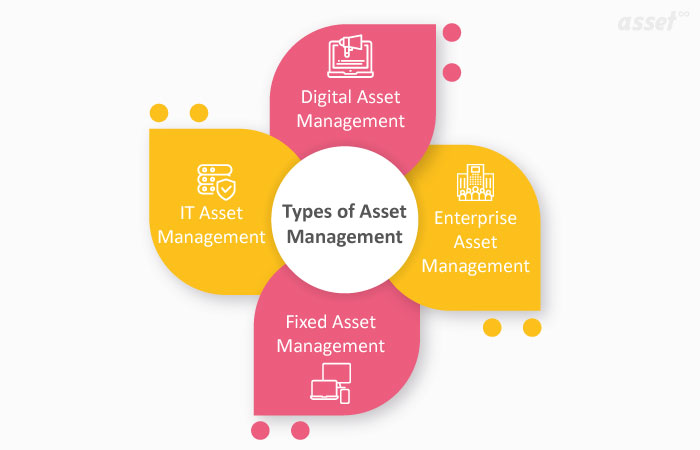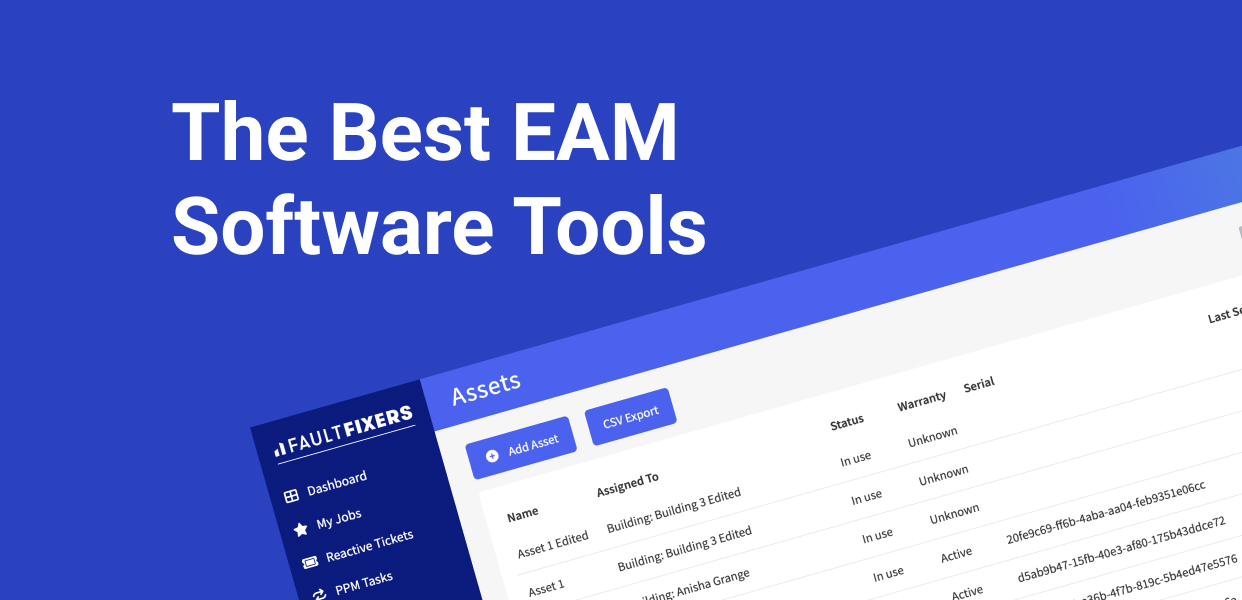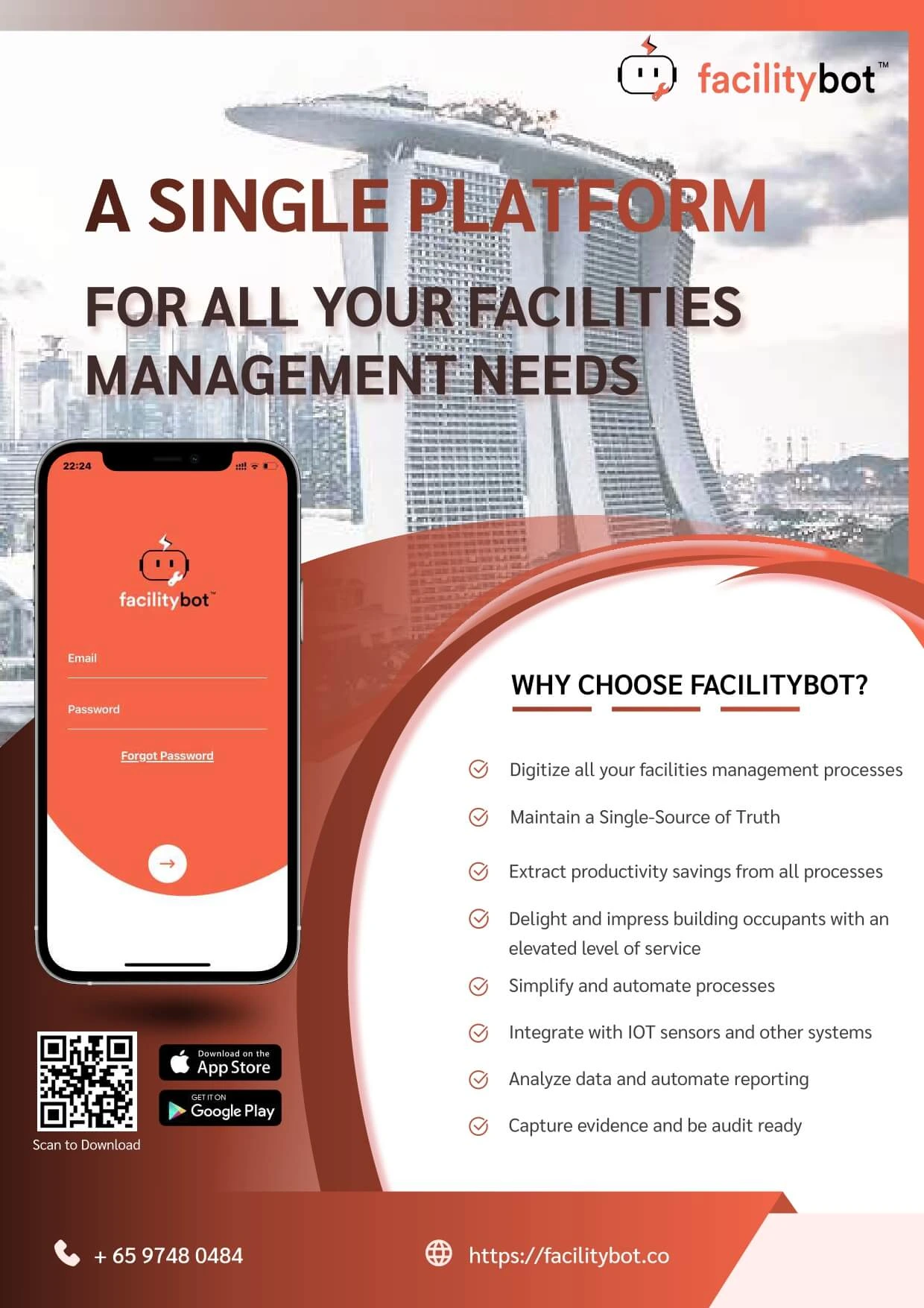Asset management is the strategic process of developing, operating, maintaining, and selling assets in a cost-effective way. It plays a crucial role across industries, ensuring that assets deliver value throughout their lifecycle. From buildings and equipment to digital systems and intellectual property, effective asset management helps organizations make informed decisions, reduce downtime, and improve performance.
There are three main types of asset management every business should understand:
1. Physical Asset Management
Physical asset management refers to the tracking, maintenance, and optimization of tangible assets such as machinery, equipment, buildings, and infrastructure. This type is especially important in industries like manufacturing, construction, logistics, and facilities management.

Key activities in physical asset management include:
- Scheduled maintenance and inspections
- Lifecycle cost analysis
- Repair and replacement planning
- Condition monitoring using sensors and IoT
Example: A hospital managing its fleet of medical equipment, HVAC systems, and emergency power supplies uses physical asset management to ensure maximum uptime and patient safety.
2. Financial Asset Management
Financial asset management involves managing investment portfolios, cash, stocks, bonds, and other financial instruments. This type of asset management focuses on increasing financial returns while minimizing risk.
It is most commonly associated with:
- Wealth management firms
- Pension funds and insurance companies
- Corporate treasury departments
Financial asset managers analyze market trends, rebalance portfolios, and ensure regulatory compliance.
Example: A private investment firm manages a diversified portfolio of stocks and mutual funds on behalf of high-net-worth clients.
3. Digital Asset Management
In the digital age, digital asset management (DAM) has become increasingly important. It focuses on storing, organizing, and managing digital files like documents, videos, images, and software assets.

Key features of DAM include:
- Centralized content libraries
- Metadata tagging for easy search
- Access control and version management
- Integration with content management systems
Example: A marketing agency uses a DAM platform to manage its vast library of campaign assets, ensuring brand consistency and faster content delivery.
Choosing the Right Asset Management Type for Your Business
Each asset management type plays a unique role in business operations. The ideal solution often involves a combination of these types, especially in large organizations where physical, financial, and digital assets intersect.
For example, a manufacturing company may need to monitor the health of its machinery (physical), manage operational budgets and investments (financial), and store engineering documentation (digital). Integrated asset management systems help unify these functions under one strategy.
FacilityBot: Simplifying Asset Management in Singapore
For businesses looking to improve their facility management processes and streamline asset tracking, FacilityBot offers a powerful and user-friendly asset management software in Singapore. Designed for modern facilities, FacilityBot helps organizations track equipment, schedule preventive maintenance, and centralize reporting — all through a smart interface accessible via web and mobile.
Whether you’re managing a corporate office, a hospital, or a retail chain, FacilityBot simplifies the complexities of asset lifecycle management while reducing operational costs. Discover how FacilityBot can transform your facility operations with real-time insights and automation.




